
Figure 1 Southern Pacific’s Roundhouse in San Francisco, circa 1909.

Figure 2 Southern Pacific Freight Yards, San Francisco, circa 1909.
“If it doesn’t splatter on your shirt, you’re not doing it right.”
Like other railroad dining services, Southern Pacific featured recipes that utilized produce and goods found throughout its routes around the country. San Francisco was a main hub for the Southern Pacific (Figures 1 and 2). Its three main routes were the Overland (San Francisco to Chicago), the Sunset (San Francisco to New Orleans), and the Shasta (San Francisco to Portland). Since San Francisco was a hub, some of the recipes created for the Southern Pacific were from this historic California city. One such recipe with an interesting cultural history is Cioppino.
Cioppino’s roots come from the Italian American families who settled in San Francisco’s Fisherman’s Wharf at the turn of the 20th century. At the end of a long day of fishing, fishermen would make a stew for themselves with whatever seafood was left over from the day’s catch. Starting with a tomato-based broth, they would stew various seafood such as crab, shrimp, clams, mussels, fish, and even squid.
If you are from the San Francisco Bay Area, the name Alioto is synonymous with the city, as Alioto’s Seafood restaurants have been staples on Fisherman’s Wharf for nearly a century (Figures 3 and 4). In 1925, Nunzio Alioto, who was an Italian immigrant, set up a small stand at the eighth pier at Fisherman’s Wharf to feed lunch to his fellow Italian laborers. In addition to shrimp cocktail and fresh cracked crab, another dish that was served was Cioppino. Unfortunately, Nunzio passed away unexpectedly in 1933, so his widow, Rose, took over the stand and became the first woman to work on the Wharf. By 1938, Rose and her children had opened a kitchen by the stand, and thus Alioto’s Restaurant was born. As Cioppino was one of the recipes that started the stand, Rose made it a staple on her menu. She reportedly said, as she tied a bib on her son before he ate the famous Cioppino, “If it doesn’t splatter on your shirt, you’re not doing it right.”
Paul Reiss (Figure 5), who was an internationally famous supervising chef with the Southern Pacific, was credited with adding Cioppino to the Southern Pacific dining car menu (Figures 6 and 7). In the 1930s, Southern Pacific’s dining car service published a cookbook of Paul Reiss’s recipes that was meant for housewives (Figures 8 and 9). The book touted, “Followed with minute exactness, [these recipes] will enable any housewife to produce foods as delicious as those served in the leading hotels and restaurants of the world.”
Perhaps you can try the Cioppino recipe from Southern Pacific. If you do, please let us know how it turns out via our Facebook, Twitter, or Instagram!
Mangiare bene!

Figure 3 Alioto’s #8 Restaurant, Fisherman’s Wharf, San Francisco.

Figure 4 Nunzio and Rose Alioto’s Wedding, 1919.
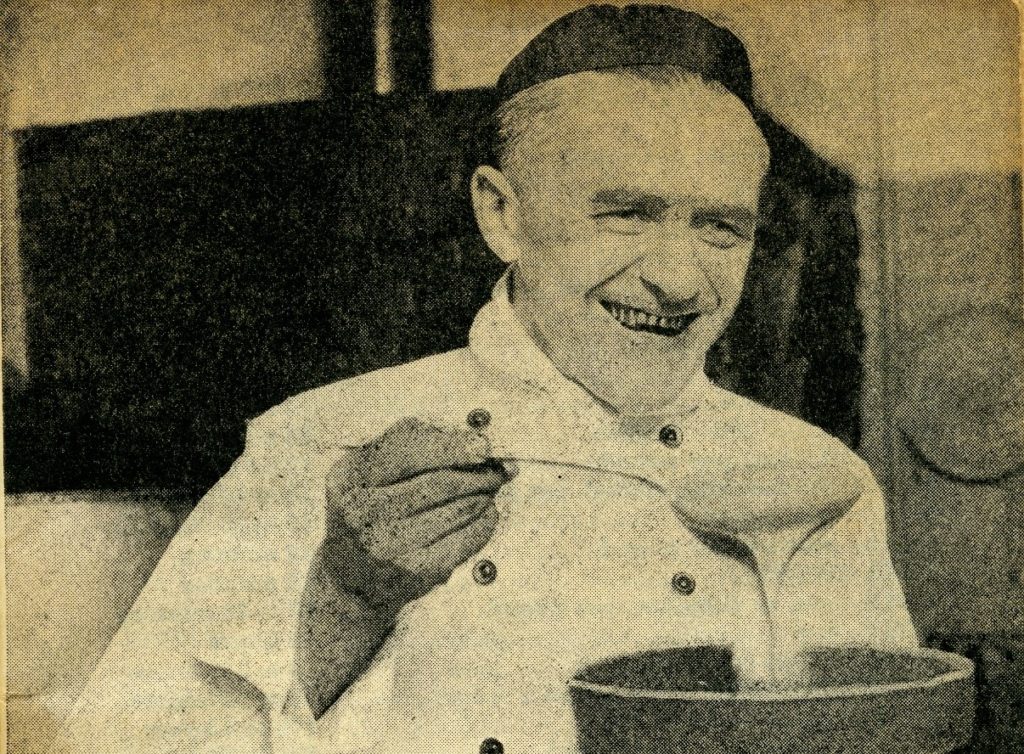
Figure 5 Southern Pacific Chef Paul Reiss, 1930s.
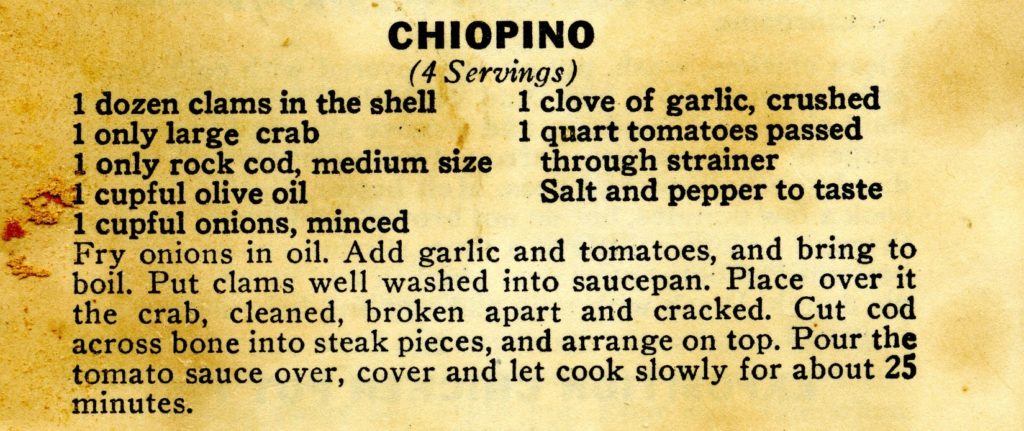
Figure 6 Chiopino (sic) Recipe from Southern Pacific Cookbook, 1930s.
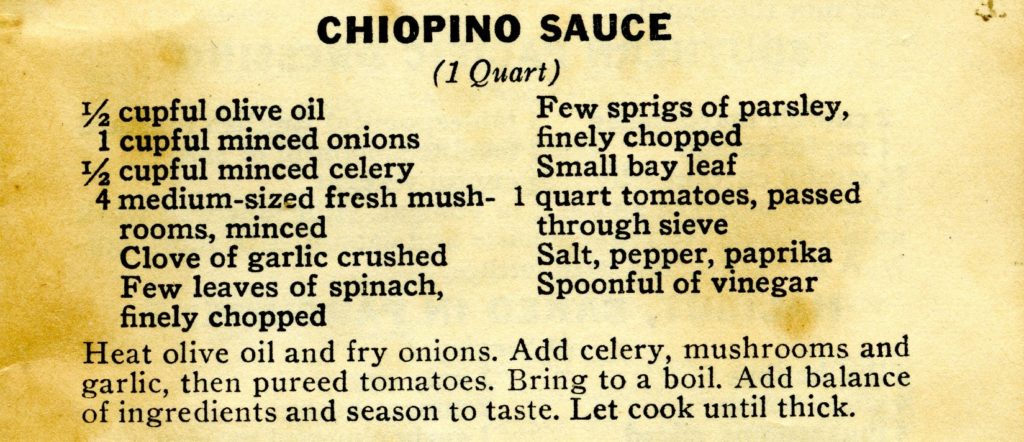
Figure 7 Chiopino (sic) Sauce Recipe from Southern Pacific Cookbook, 1930s.
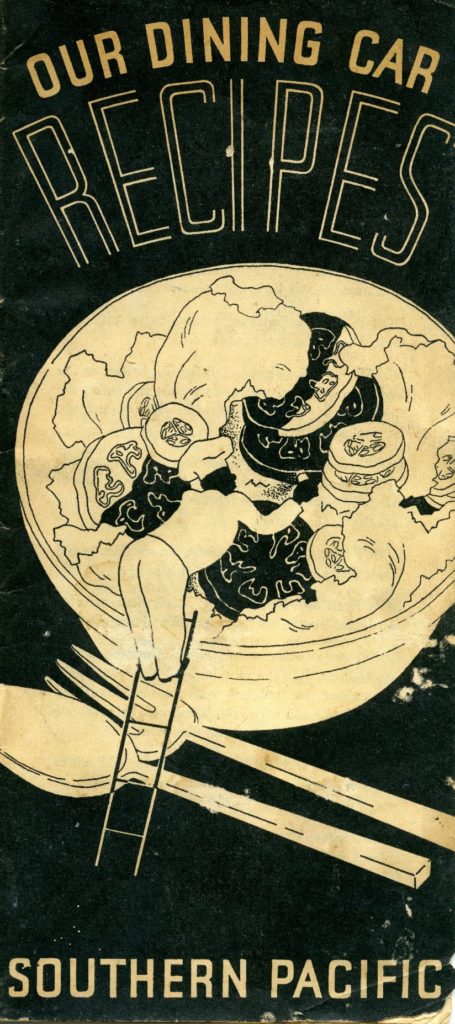
Figure 8 Southern Pacific Dining Car Cookbook, 1930s.
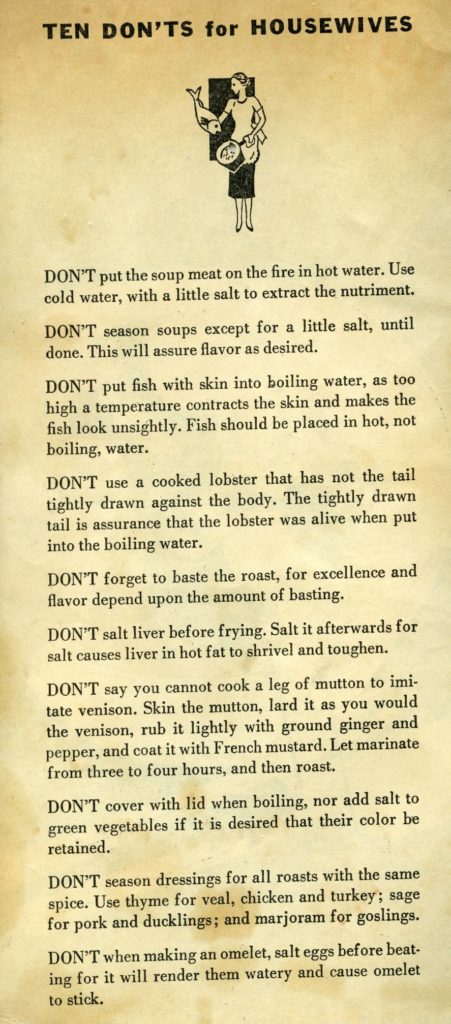
Figure 9 A list of housewives “don’ts” from Southern Pacific’s Cookbook, 1930s.


